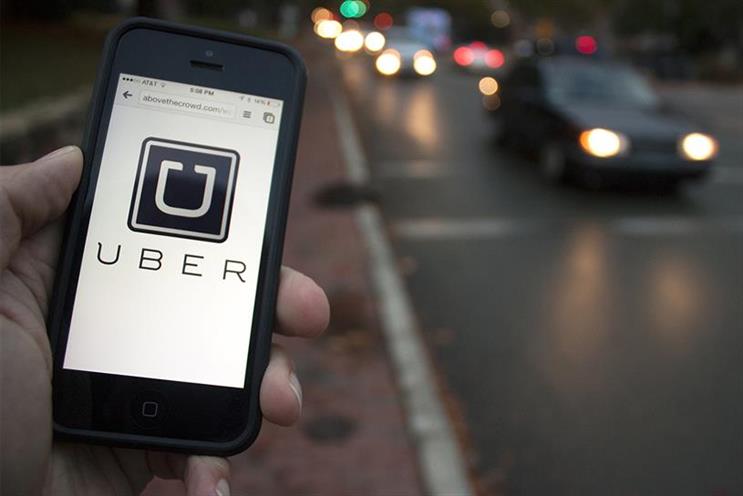Many of us in our lives face a crucible or severe test at some point, but for the most part, it is thankfully not played out upon a public stage.
Not so for companies and brands. Often, due to circumstances they either invite by their own actions or are subject to for undeserved reasons, beloved brands and the leaders who guide them are often put to the ultimate test, and how they react becomes their defining moment – for good or for ill.
We believe that being conscious of their Archetypal identity and absorbing it organically into their culture and values can serve as a critical touchstone when the going gets rough and major decisions need to be made in days or even hours, often under incredible pressure.
Brands Put to the Test

Starbucks Charles Schultz immediately responded to the apparently racist incident in one Philadelphia shop by deciding to close all of them for a day’s training – a move some called “too little too late.” But his reactions was entirely consistent with this Explorer brand’s tendency to take the plunge, act rather than over-think, experiment and adjust until they get it right. So was their earlier focus on encouraging dialogue on issues of diversity and racism.
ABC’s Bob Iger reacted decisively to Roseanne Barr’s racist tweet just hours after it was released to the universe, a testament to the strength of Disney’s protection of its Innocent Archetype public brand image.
Yet it remains to be seen how effective they will be in responding to labor union critiques of such low pay for Disney park employees, who say that the supposed “happiest place on earth” is not happy for employees struggling to survive.
Disney’s initial response was simply to challenge the labor union’s survey methodology. A danger for any brand with a positive and inspiring message is identifying with it so strongly—as yes, this is us—that they lose the capacity to notice practices that fly in the face of what they say they are. Resulting crises force them to notice their shadow organizational reality.
One especially interesting set of entities to observe in this regard are today’s Everyperson brands. At a time when everything from Populist politics to the sharing economy appeal to the public’s craving for people, practices and entities that claim to champion and reflect the character of the common or ordinary person, how well are these commercial brands delivering on their promise? And, how well are they dealing with the kinds of crises that challenge their very reason for being? Long-term success, in any of these efforts, requires staying true to the promise consistently in all areas of company practice.
Uber is by far the most successful company in the new sharing economy. It launched its brand with an Everyperson call to riders and drivers alike, with an inspiring pitch, all about people helping people in a neighborly, personal way that also reinforces their feeling valued. Uber’s tagline announced, “Your personal driver. It lets customers travel in style.” Supporting communications described initial practices that bolstered the brand image with a connecting experience: before you even encounter the driver, you already know the driver’s name, what he or she looks like, the type of car, and the driver’s rating by other ordinary-person riders. When the Uber car shows up, you are addressed by name.

But soon Uber was hit by crisis after crisis, each of which undercut their brand: charges of systemic company sexual harassment, offering driverless cars (which alienated drivers), the fatal Uber driverless crash, criminal inquiries, one of which concerned using grey ball technology to evade authorities, and so on. First, the Uber board assumed a top-down approach and fired their CEO, while putting out statements about something to be done about each misstep. However, these glaring problems kept accumulating.
The new CEO took a stand declaring, “I apologize”, and assumed responsibility even for things on and off his watch. He wisely communicated directly with riders to fix what was broken, and engaged staff in a culture change effort, moving from a top-down focus on ambition and speed to ethical, inclusive, collaborative teamwork. The approach they used in this culture change process was designed to model what this new culture would be like.
Uber has done a good job in their messaging, but there is an increasing consensus that their long-term success depends upon the congruence of the reality of how Uber is run with what they are saying.
Staying True to Brand Promises?
From Uber to Facebook to Airbnb, the Everyperson super-brands of the new sharing economy promised to leverage people-to-people power in a new, exciting and uncorrupted way — ordinary folks in direct interaction without the intermediary.
Unlike a Budweiser giant that offered a “Regular Guy” experience based only on an affordable price and a carefully-crafted image, these new digitally-born brands would be the real deal, optimizing the power of what happens when you trust the ability of ordinary people to do right by each other and to create something together that benefits the common good
Well, have they?
Not surprisingly, many wonderful things have resulted from these new entities. People have had wonderful, memorable experiences with Uber and Airbnb that they would have never have had with ordinary cab companies or hotels. Communities have formed on Facebook that have provided extraordinary support to people who have previously felt alone and marginalized – from parents of babies in the NICU, to transgender teens, to individuals with bipolar disorder.
But the profit motive has also gotten in the way.
Facebook consciously sold out personal data to untold sources and inadvertently facilitated messages designed to influence a U.S. election.
Airbnb morphed from a focus on ordinary folks renting out a room in the intimacy of their own home or apartment to speculators buying space to rent, purely for profit.
And, Uber continues to struggle with a model for doing business that is consistent with its brand and that creates the expected win-win for both drivers and riders.
Where will it end? The Internet has created a world of commerce in which the consistency and truthfulness of your brand’s Archetypal identity will not be determined by the next ad you run, so much as the next consumer experience you offer. And that might be this evening, right before midnight, when your potential customer decides to buy some shoes, book a trip, or check out what others have said about your brand.
The media is quick to pick up the missteps of shooting star brands and especially those who proclaim a benevolent Everyperson purpose than traditional companies because their readers care.
Reacting to a PR crisis without attention to brand congruence can undercut a company’s reputation and the loyalty of its customers rather quickly.
And users fully expect to be movers of these companies – an Uber passenger or driver, an Airbnb renter or guest—the rating system has created an expectation that the business is built upon their endorsements, that their voices will be heard, and that they will count.
Smart crisis management, therefore, ideally involves those they serve in ways that reinforce the brand promise, so that customers feel like they are in it with the brand in question, as opposed to being its victims or its judges.
The crucible, or test, will be greatest for the plethora of Everyperson brands born in this climate, promising to celebrate and enable the power of everyday people. Let’s hope they do so.
Learn more about brand archetypes, promises, gifts and personalities in Magazine Issue VI:
Listen to Margaret Mark & Carol Pearson on episode #53: How to Use Archetypes to Create Deeper Customer Connections









at 2:04 pm
[…] How to Stay True to Your Brand Archetype in Times of Crisis […]